I'm having trouble figuring out how to connect my ZVS driver (30-50khz) to this Cockcroft Walton multiplier (CWM.) I'm starting to wonder if it can even work with this circuit.
Its maximum arc gap is 1 cm, so I'm assuming when the input is 20VDC the output is around 30kVAC. Here's a picture of rectifier and circuit.
This is the CWM design I'm using.
Even after watching the video, I'm not sure how to wire my ZVS to the CWM. I've tried connecting the red wire (positive) to the terminal in the left red box and the orange wire (negative) to the terminal in the left black box with the terminal in the right red box as output to no avail. I'm almost positive I'm not grounding this circuit correctly, but I can't be sure. Any help would be greatly appreciated!
Any help would be greatly appreciated.



